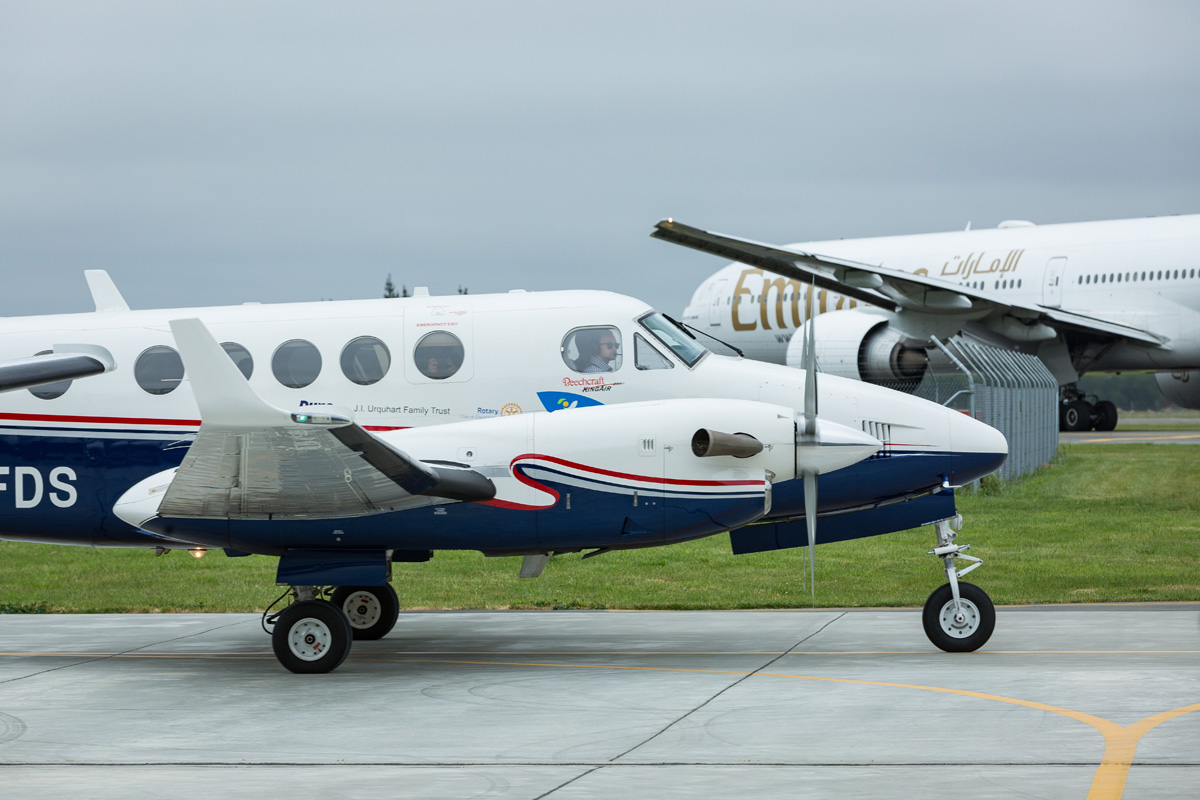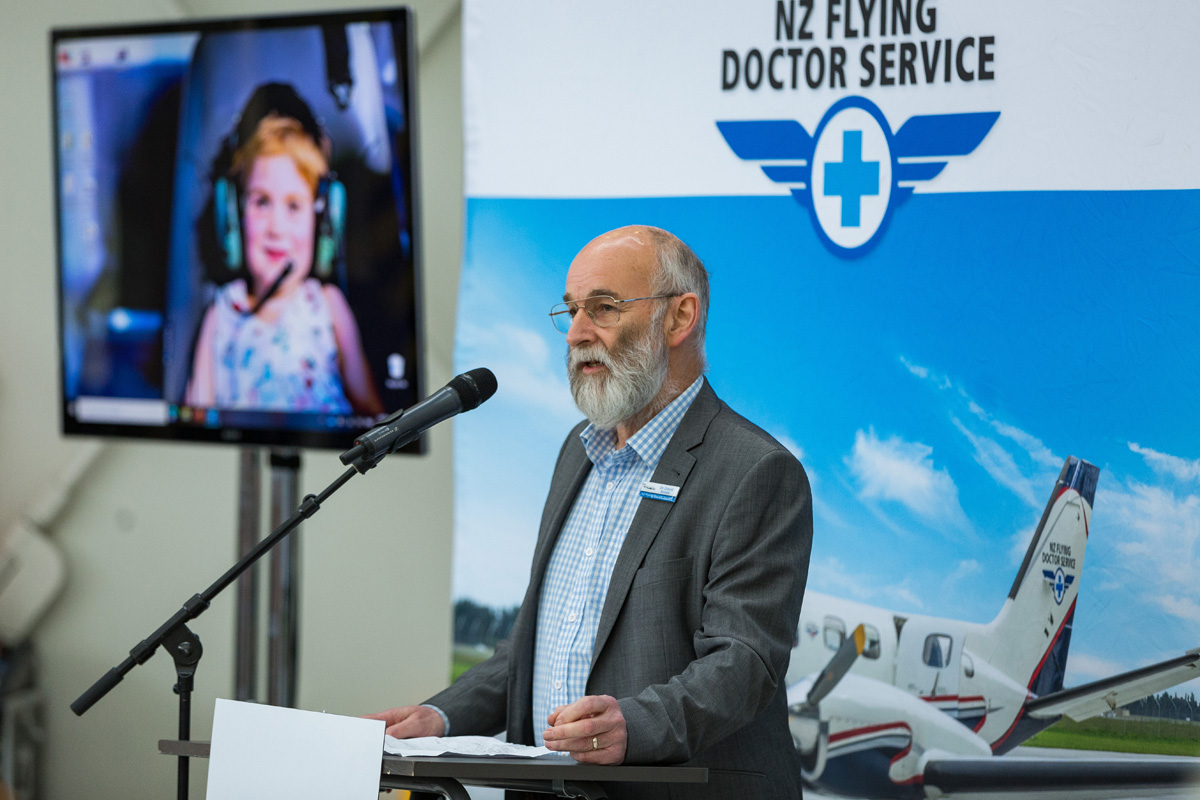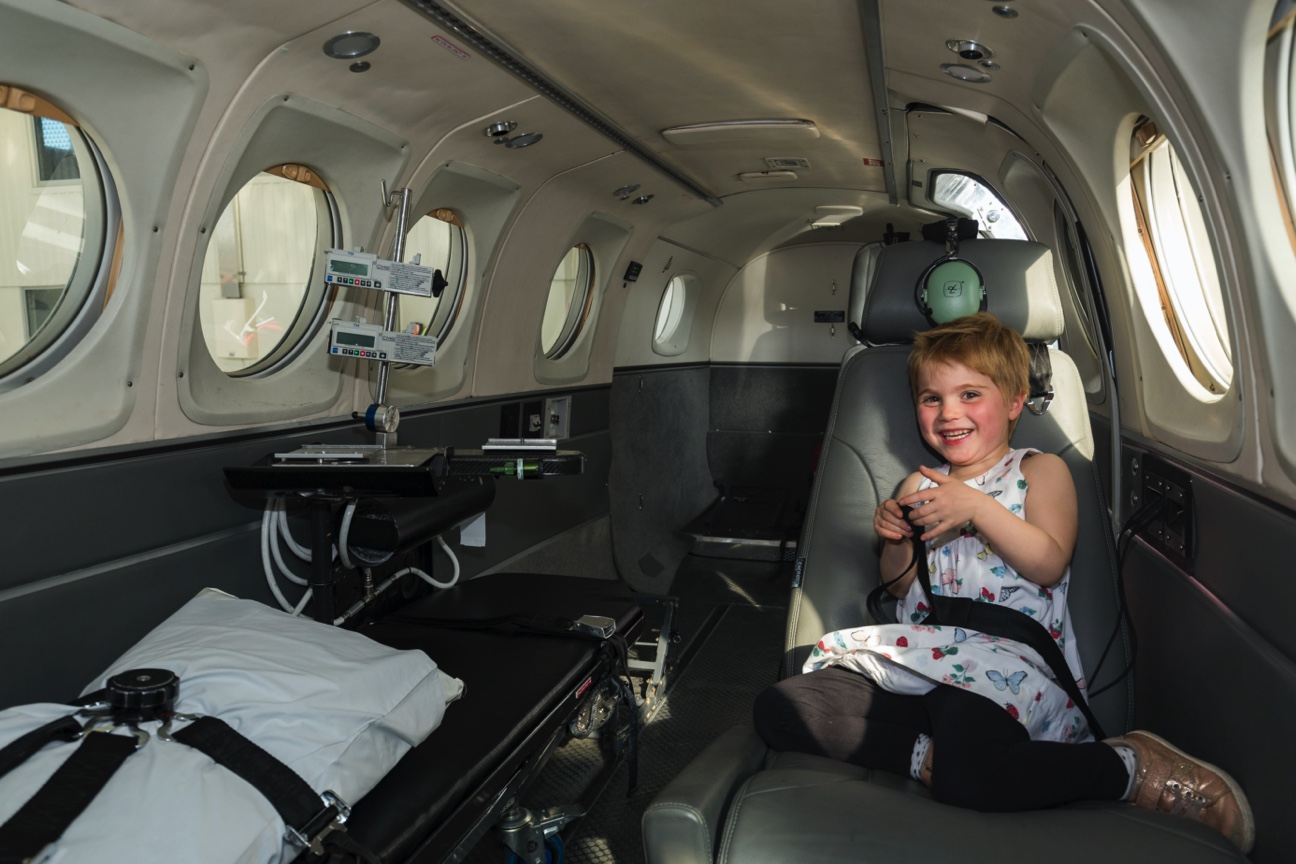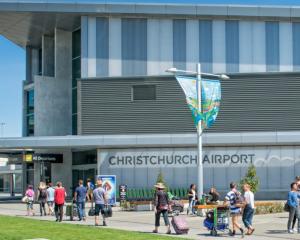The New Zealand Flying Doctor service has come a long way since it first took off 25 years ago - and last week it unveiled a new specialist medical aircraft in Christchurch.
The new plane was revealed at Christchurch Airport on Thursday with a ceremonial water salute on landing.
One of the service's first high profile missions was to transfer medical teams from Christchurch to Greymouth using a Cessna 421 Golden Eagle to help staff at Greymouth Hospital after the Cave Creek disaster on April 27, 1995.
That mission was remembered at the official launch of the new plane six months after the service's 25th anniversary, which has to be pushed back due to the Covid restrictions.
A New Zealand Flying Doctor Trust spokesperson said its new Beechcraft Super King Air 200C is equipped with two patient stretchers, plus seating for up to four medical crew, as well as patient support people, equipment and two pilots.
The aircraft’s performance and versatility allows the service to operate efficiently around the country.
It flies at 480km/h and has a 1500 nautical mile range, servicing the entire South Island and the remote Chatham Islands.

Trust chairman Dr David Bowie said the service has a national scope, taking patients to Starship in Auckland for example, and for other specialist services such as bringing spinal patients to the South Island
Bowie says the state-of-the-art plane will boost delivery of critical health care services across New Zealand.
"The new plane is needed as numbers of missions have significantly increased in recent years.
"We have flown over 1200 missions in the past year, up 17 per cent.

"This is a life-saving service, and the plane is set up as a flying intensive care unit. When time is of the essence and distance is an issue, the New Zealand Flying Doctor Service is the only option for many patients,” Dr Bowie says.
Trust chief executive Christine Prince says the service works to ensure patients get the right care at the right specialist facility as soon as possible.
"As a charity, the New Zealand Flying Doctor Trust thanks the community for supporting this service over the years.
"It can be quite emotional when patients come back to visit us at the base at GCH Aviation. They are all extremely grateful the service exists.”

“The New Zealand Flying Doctor aircraft and air rescue helicopters complement each other, with helicopters being the primary response in emergency situations from the scene to hospital, and fixed wing aircraft taking over when a different type of care or transfer is required, most often for inter-hospital transport of patients requiring acute treatment offered at a larger tertiary centre," Duncan says.

"These aircraft can maintain a sea level cabin pressure which is important for critically ill patients," Davidson said.
"Most of all these patients need to have specialised intensive care through the flight from one hospital to another, until treatment is available at the destination."














